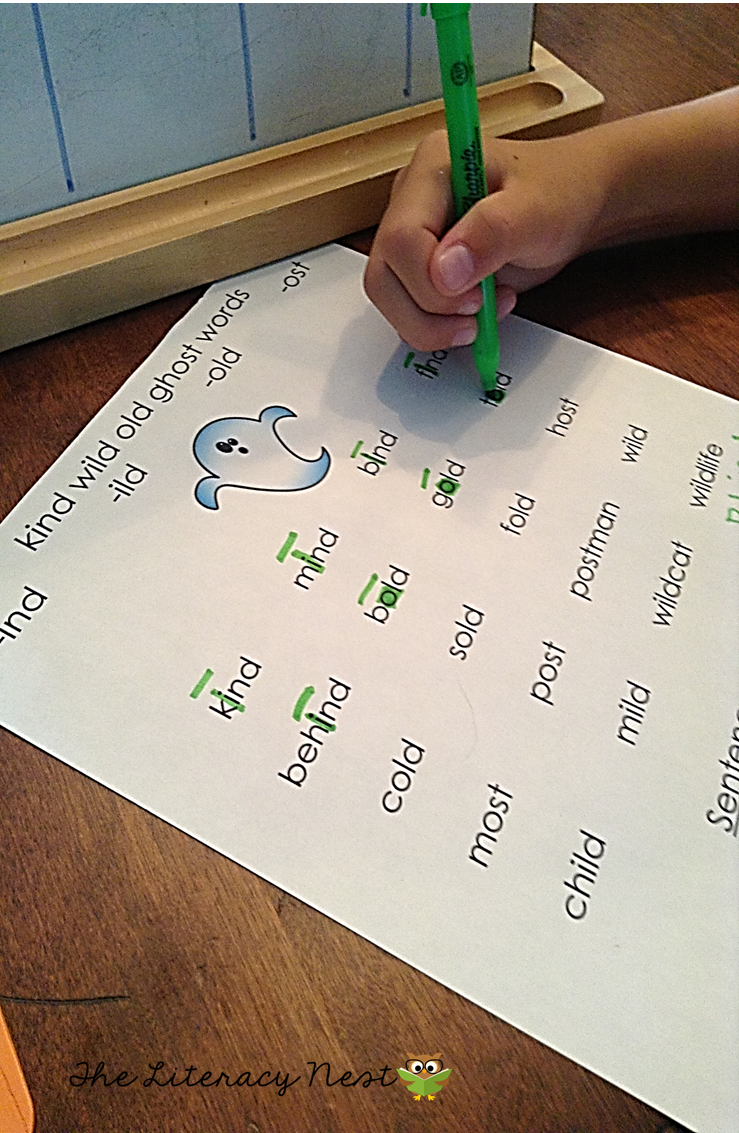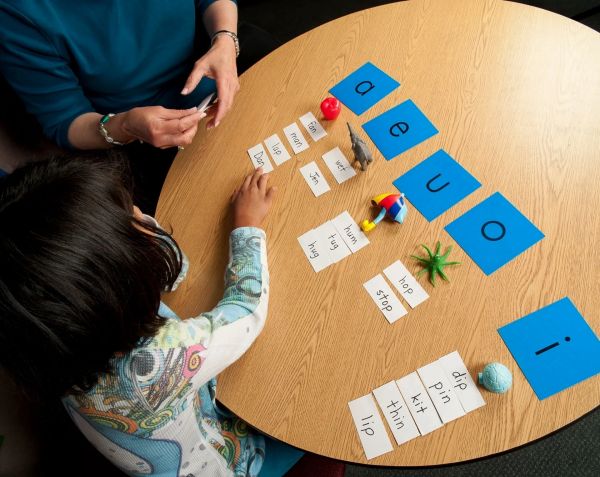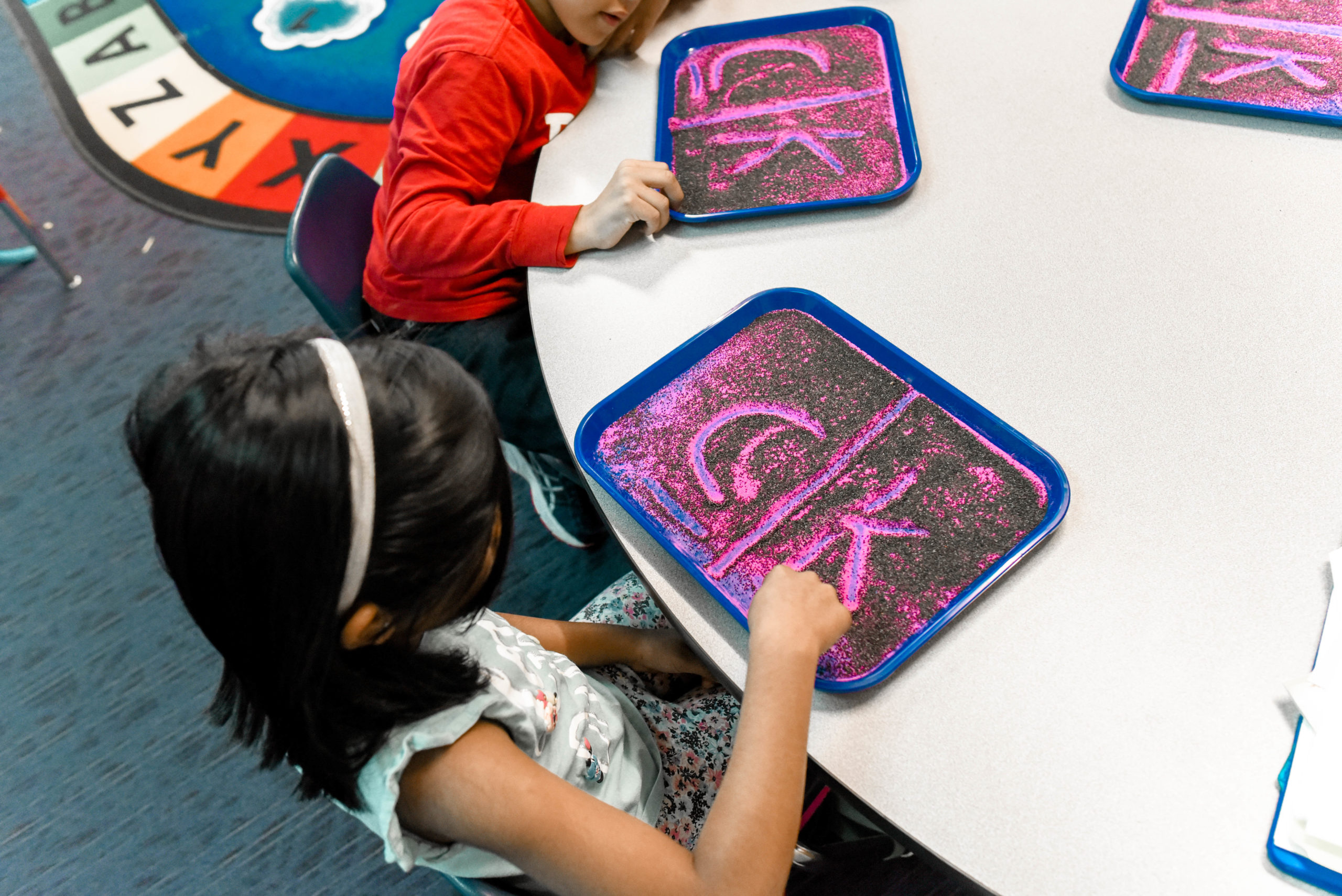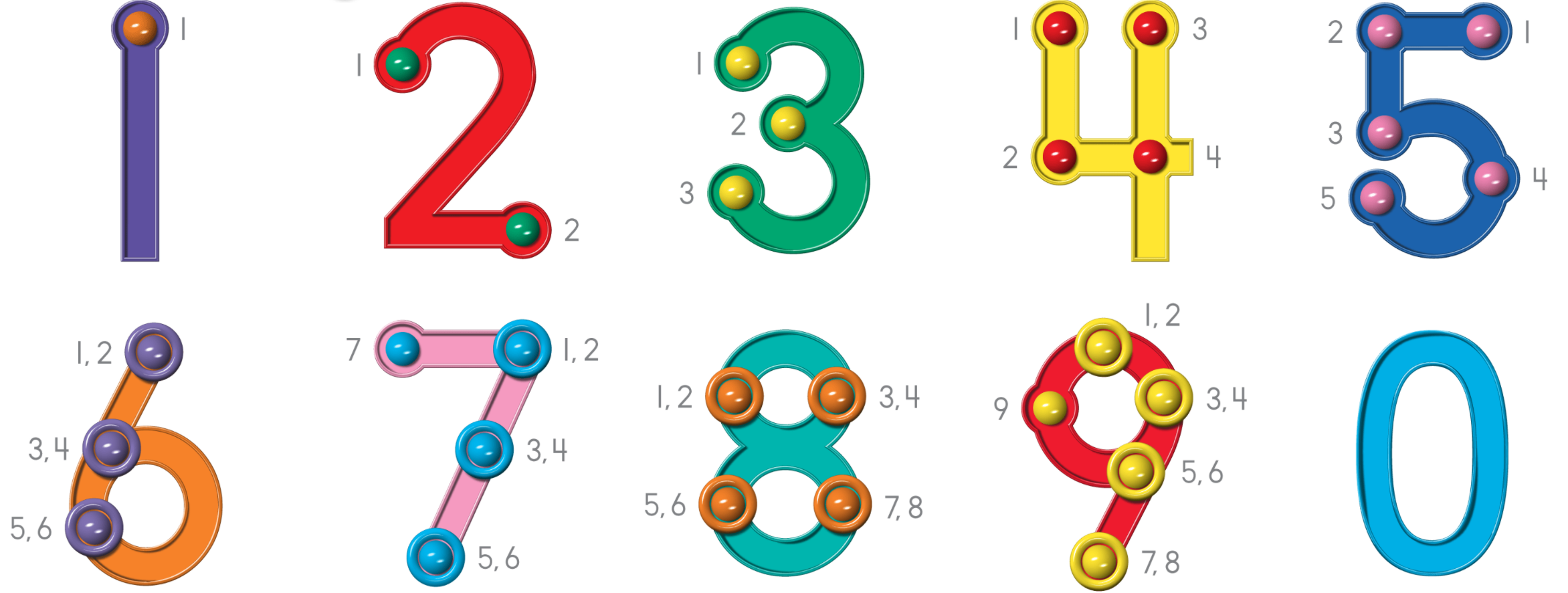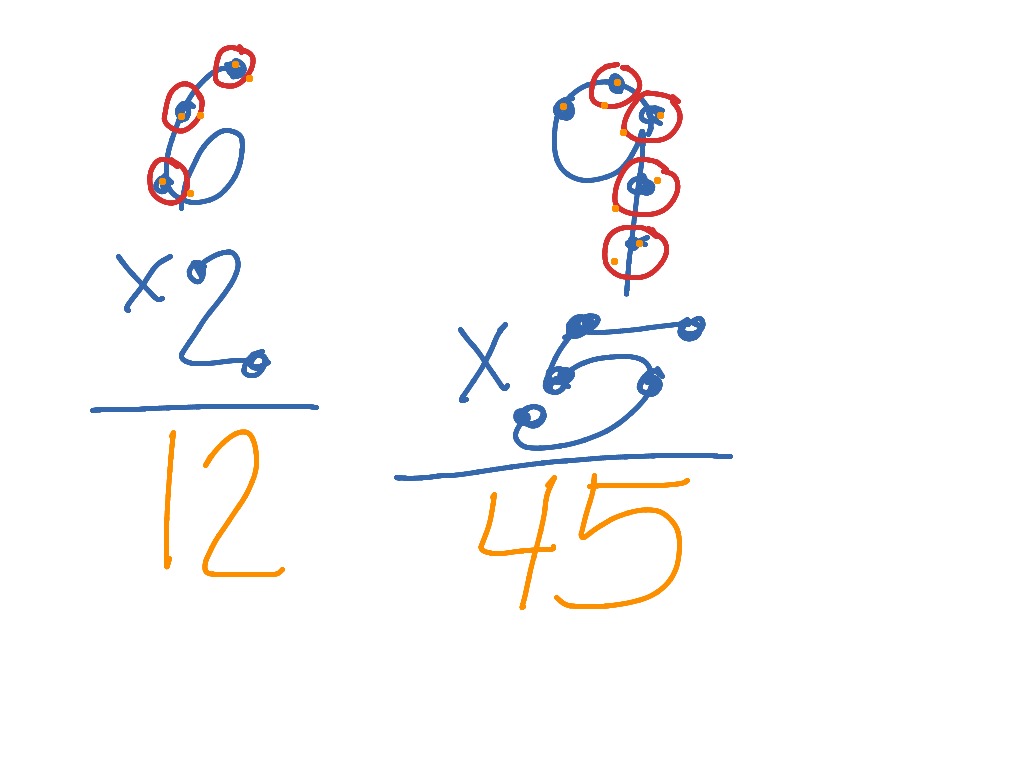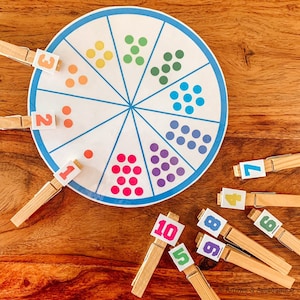Simultaneous Acquisition (Learning Two Languages Before Age 3)
Definition & Overview:
Simultaneous acquisition is when a child is exposed to and learns two languages from birth or before age 3. Despite the added complexity, bilingual children usually develop language at a rate similar to monolingual peers.
Language Development Process:
-
Stage 1: Children start with two separate word systems. They can distinguish and use each language in different social settings (e.g., Spanish with mom, English at daycare).
-
Stage 2: They begin to apply one set of grammatical rules across both languages. This causes some mixing but shows the child's effort to organize both systems.
-
Stage 3: They produce correct vocabulary and grammar for each language but may still show minor cross-language influences.
Code Mixing:
-
Early on, children mix words from both languages, often because they don’t know the word in one language.
-
This is normal and gradually decreases as their vocabulary in each language grows.
-
Code mixing follows grammatical rules and is not random.
Cognitive Demands & Interdependence:
-
Bilingual children must distinguish between two sound systems, vocabularies, and grammar rules.
-
Their two languages influence each other through transfer (one language affecting pronunciation in the other), deceleration (slower development in certain areas), and acceleration (faster development due to enriched processing).
Language Dominance:
-
One language may become stronger than the other, depending on how often it is used and supported.
-
Dominance may shift over time—often to the majority or school language.
Benefits of Early Bilingualism:
-
Exposure to two languages improves social communication skills and may even enhance the ability to understand different perspectives.
-
With consistent support, bilingual children can become fluent in both languages and develop strong academic skills.
Special Case – International Adoption:
-
Children adopted into a new language environment (e.g., from China to the U.S.) usually lose their first language quickly.
-
Language delays may be common, especially if the child lived in an orphanage.
-
However, if adopted early and placed in supportive environments, they typically catch up within 2–3 years.
Language Development Delays
Definition:
Language development delays occur when children do not reach expected milestones in understanding or using language. These delays may affect vocabulary, grammar, pronunciation, or communication skills.
Predictive Risk Factors:
-
Biological: Male gender, chronic health conditions, hearing issues.
-
Temperament: Highly reactive or easily frustrated children may struggle more.
-
Genetic/Neurobiological: Family history of speech/language delays increases risk.
Protective Factors:
-
A sociable, persistent child may overcome early delays more easily.
-
Positive maternal mental health and parenting support can improve outcomes.
Long-Term Impacts:
-
Children with delays at age 2 often continue to struggle with grammar and vocabulary into elementary school and even adolescence.
-
These delays can affect reading, writing, and overall academic achievement.
Role of Socioeconomic Status (SES):
-
Low SES is linked with limited language input (fewer words, less complexity).
-
Parents with lower education levels tend to use more directive and less conversational speech.
-
Children from low-SES homes often start school with smaller vocabularies and weaker grammar skills, affecting school performance.
Homelessness:
-
Homeless children face additional stress, instability, and lack of resources.
-
Their caregivers often experience stress and may not engage in language-rich interactions.
-
These children are at increased risk for combined delays in language, learning, and cognition.
Key Takeaways:
-
Quantity and quality of language exposure matter: Simply hearing more words isn't enough—how caregivers interact (asking questions, reading, using diverse vocabulary) is crucial.
-
Early intervention, such as language modeling and book-sharing programs, can greatly help children in low-SES or high-risk environments.
-
It’s important to support parents rather than blame them—many want the best for their children but need tools and encouragement.













